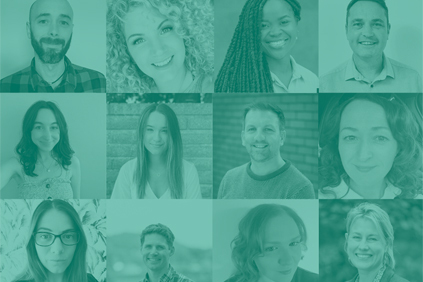Overview
This is CDPS’s third year reporting on our gender pay gap. Whilst CDPS is not required to report on our gender pay gap, we believe it is important to work in the open and work to promote inclusivity in all aspects.
We confirm that the gender pay gap data contained in this report is accurate and has been produced in accordance with the guidance issued on GOV.UK. Gender pay gap reporting is calculated on an annual basis and shows the percentage difference between the hourly earnings of men and women. This is different to equal pay which considers the pay difference between men and women who carry out the same jobs, similar jobs or work of equal value.
This report highlights that our gender pay gap has increased from -8.52% to 2.88%. Although this figure is below the UK wide average of 7% as of April 2024, we acknowledge that we need to maintain a balance in the future.
Moreover, during the year we recruited 3 apprentices; although they are all females the opportunity was open to both male and females. While this has an impact on our gender pay gap, specifically the lower quarter, we believe this is great opportunity for the future of CDPS and representing women in digital transformation.
We believe everyone should be paid based on their role and we recognise development through our pay progression scheme which allows all staff to reach the top of their role’s pay band.
Average pay gap
The mean pay gap is calculated by adding up the hourly pay of all the women in an organisation and dividing by the number of women, doing the same sum for the men, then comparing the two figures. Males’ mean wage is 2.88% higher than females.
For every £1 that the average man earned, the average woman earned £0.97.
The median pay gap is calculated by finding the exact middle point between the lowest and highest paid female in an organisation and the lowest and highest paid male, then comparing the two figures to calculate the difference in salaries. Males median wage is 11.11% higher than females.
For every £1 that the average man earned, the average woman earned £0.89.
Workforce changes in this period
The total number of people employed in March 2024 was 56, with 62.5% female staff. Compared to the 2023 workforce, we are reporting a significant increase in staffing numbers, from 29 to 56 staff members (a 93% increase). This increase in staffing numbers has led to a more even spread of salary across some of the quartiles.
Pay distribution
The distribution of men and women is shown in pay quartiles which are calculated by splitting the whole workforce into equal size bands based on hour pay from highest to lowest. The ratio of staff females to males is 26:21 for the company as a whole. However, as an organisation, females occupy 60% of the highest paid positions and 77% of the lower paid positions
Top quarter
2024: Men - 40%, Women - 60%
2023: Men - 25%, Women - 75%
Top middle
2024: Men - 57%, Women - 43%
2023: Men - 57%, Women - 43%
Lower middle
2024: Men - 29%, Women - 71%
2023: Men - 57%, Women - 43%
Lower quarter
2024: Men - 23%, Women - 77%
2023: Men - 14%, Women - 86%
Our culture
We are passionate about creating a diverse workforce and positively encourage applications from under-represented communities. We embrace equality of opportunity irrespective of disability, neurodivergence, ethnic origin, colour, nationality, gender and gender presentation, marital status, sexual orientation, culture, or religion.
We recognise that while men apply for jobs where they meet 60% of the criteria, women and other marginalised people tend only to apply when they check every box. We therefore encourage people who think they have what it takes, but don’t necessarily meet every single point on the job description, to get in touch to have a chat and see if they’d be a good fit. We are also a proud and committed Living Wage Employer.
As an organisation we appoint on merit and our focus is on aptitude and skills required to perform the role. We ensure that our recruitment processes remove unfair bias by operating a blind shortlisting process which involves removing any identifying factors from an application, such as name, age, gender and gender presentation, location, years of work, experience, and school.
We use structured interviews, sharing questions with candidates at least two days prior to the interview, and a gender split panel to ensure candidates can maximise their performance. During our recruitment process we recognise the diverse needs of the various members of our workforce, and our fundamental principles are to ensure that equality, diversity, and inclusion are embedded throughout CDPS, and we have worked closely with our recruitment provider to ensure this is conveyed to potential applicants.
Furthermore, we engaged an external Equality, Diversity and Inclusion (EDI) consultant to support us on our EDI journey and have put together an internal EDI working group to address any gaps and look at opportunities to address any EDI issues within CDPS.
